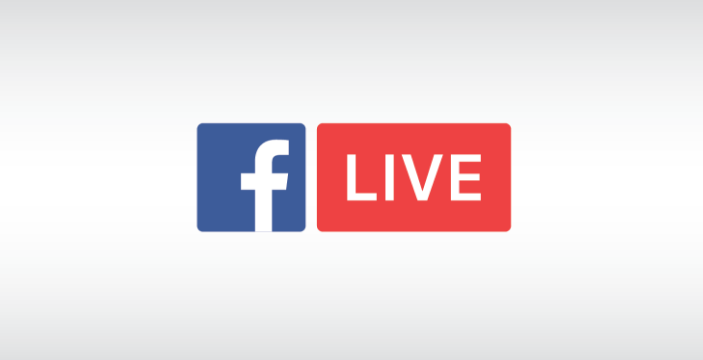

In June last year, reports circulated that Facebook was paying media companies and celebrities millions of dollars to broadcast exclusive content on Facebook Live in an effort to boost their rapidly expanding live content ambitions.
The Wall Street Journal reported that Facebook had signed over 140 separate contracts, at a cumulative cost of around $140 million, to get these high profile users onto Facebook Live, which was seen by many as the platform’s first big step into the next stage of online content, towards building Facebook as a video platform to rival not only YouTube and other online providers, but one which might also challenge traditional TV itself.
Twitter too has signed exclusive live-stream deals, and YouTube’s also working on original content, and with more and more people consuming more and more video content online, the next stage of media consumption does appear to lie in the hands of online platforms.
But now, things may have taken a turn – according to Recode, Facebook is set to stop paying publishers and celebrities to create live video on the network.
Does this mean live-streaming hasn’t proven as popular as Facebook had hoped?
Changing Attitudes
As per Recode, numerous publishers have noted that Facebook is de-emphasizing Live in talks with them, and none of them expect Facebook to renew their existing paid live-stream deals.
“Instead, Facebook is pushing publishers to create longer, premium video content as part of a larger effort led by Facebook exec Ricky Van Veen. The hope is to get more high-quality video onto the platform and into your News Feed — the kind of stuff, presumably, you might find on Netflix.”
Recode does note that Facebook never intended for these paid deals to be a long-term arrangement, that they were more focused on getting Live off the ground – but still, it raises the question. Is Facebook not seeing the return from Live they expected?
While no one knows for sure, those critical of live-streaming have taken this as a clear sign that it’s a failed offering, that the closure of other live video platforms like Meerkat and Blab were indicators of a doomed idea that’ll never take off and deliver.
But then again, Facebook’s still investing big money into their Facebook Live ad campaign, and they recently noted that millions of people around the world used Facebook Live to broadcast their New Year’s celebrations. Both of these relate to consumers, as opposed to publishers, but the signs all point to Live’s ongoing growth, while Facebook-owned Instagram is still in the middle of rolling out their own live-stream offering to all users.
So could it be that Live is now seen as a consumer product and not a publisher option? And if so, where does that leave Facebook’s ongoing video ambitions?
A Question of Perspective
On balance, the suggestion that Facebook Live may not be delivering seems unlikely. Publishers are seeing big results with Live content, generating huge viewership and engagement, providing them with a whole new way to reach a larger audience. Monetization, of course, has been a key concern, but Facebook’s working to resolve that, with a wider roll-out of mid-roll ads (which have been available for some publishers in Live since last August) and the likely coming implementation of Live commercial breaks.
With those tools in place, maybe Facebook simply doesn’t need to pay publishers anymore, maybe they’ve been able to demonstrate the potential of Live enough to no longer need to make incentive payments to keep them broadcasting.
This was the view of Nick Cicero, the CEO of video analytics software platform Delmondo, whom I sought for his thoughts:
“There are more ways for publishers to make money from Facebook than ever before, and they’ve rolled out things like branded content tags and custom post types to facilitate this. I don’t see them moving away from live video at all, just expanding the various types of video content all publishers could produce, distribute and monetize.”
Indeed, Recode does also note that:
“Publishers we’ve talked with say they will continue to make live videos for Facebook and other platforms, like Twitter and YouTube, but they’ll scale back their efforts.”
[Source:- Socialmediatoday]

